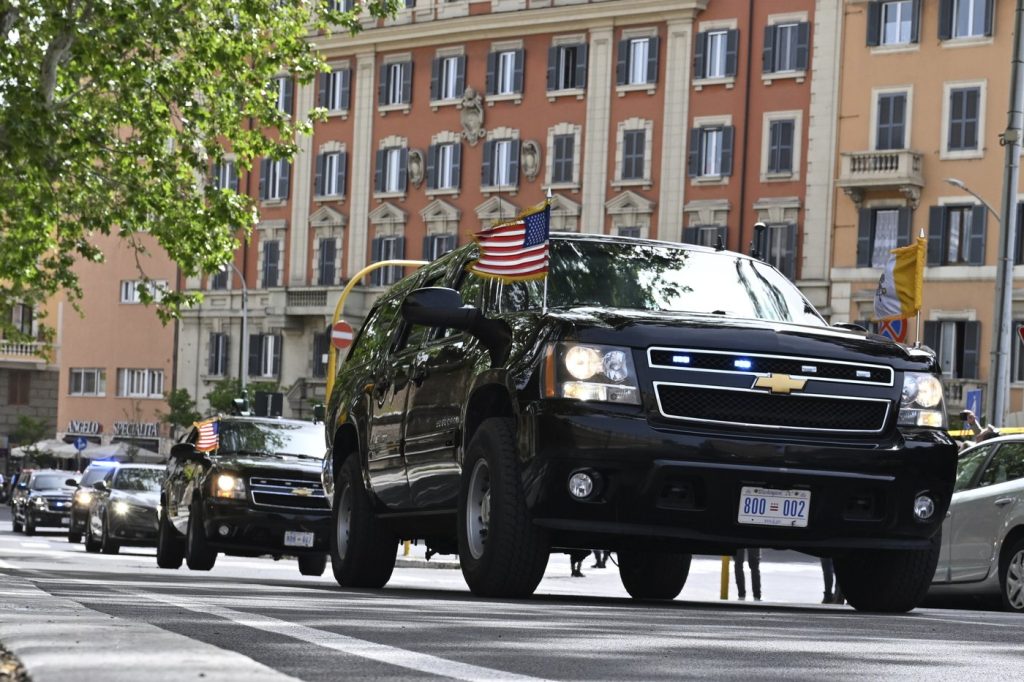On Easter Sunday, April 20, 2025, U.S. Vice President JD Vance conducted a brief meeting with Pope Francis at the Vatican. This visit occurred while Pope Francis is recuperating from pneumonia, which has necessitated significant limitations on his daily activities, including delegating the celebration of Easter Mass to another cardinal in St. Peter's Square.
Vance's motorcade entered Vatican City through a side gate, parking near the Pope’s hotel residence during the Mass. Their meeting took place at the Domus Santa Marta, where they exchanged Easter greetings. The interaction was notably brief, reflecting the Pope's ongoing recovery and reduced schedule.
Both Vance and Pope Francis share a complex relationship characterized by differing views, especially regarding migration policies. Vance, who converted to Catholicism in 2019, has previously tangibly opposed the Pope on matters related to immigration and the Trump administration's strategies of mass deportation. Conversely, caring for migrants has been a significant aspect of Pope Francis's papacy, highlighting a fundamental ideological divide between the two figures.
Additionally, Vance's visit included a meeting with the Vatican's Secretary of State and its foreign minister on Saturday, April 19, 2025. Accompanied by his family—his wife Usha, daughter Mirabel, and sons Ewan and Vivek—this gathering underscored Vance's engagement not only with the pontiff but also with key leaders within the Vatican's political structure.
The backdrop of this meeting raises important discussions about the intersection of politics, religion, and social issues, particularly in the context of migration. Pope Francis's advocacy for vulnerable populations often stands in stark contrast to the approaches favored by certain political leaders, including Vance. This meeting, although brief, encapsulates the ongoing dialogue and tension between the Catholic Church's mission and contemporary political strategies in the United States.
As Vice President, Vance's actions during this visit may reflect an effort to navigate the nuances of his religious beliefs while addressing the responsibilities of his political office. The meeting serves as a reminder of the complex nature of the relationship between political leaders and religious authorities, particularly when addressing critical humanitarian issues such as migration.










